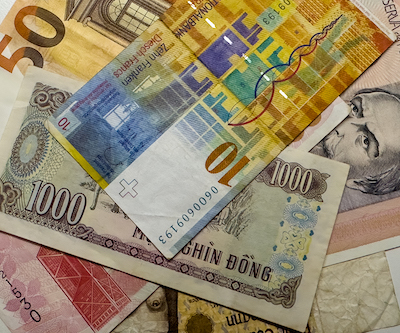Public ideas
Why anything the Reserve Bank does is futile

Where does this stuff come from?
Steve Keen, ever one to shake up economists’ models by testing them against what happens in the real world, has an article: The dead parrot of mainstream economics in the Real-World Economics Review.
The title seems to claim too much. It’s actually about one aspect of mainstream economics, the “money multiplier” theory that is supposed to explain how money is created through an authority, the central bank, setting interest rates, which determines the amount of money there is in the economy through the operation of central reserve banking. That is known in economics as the “exogenous money model”, the exogenous agent being the central bank.
Keen demonstrates that the model works when all transactions are in cash, but who ever sees cash these days? No longer constrained by cash deposits or gold holdings, banks have a huge capacity to create money. So do governments.
Keen writes in favour of the “endogenous money model”, which posits that money is created through the demands of the real economy (endogenously) and the decisions of bankers, who are free of the constraint of having to limit lending to what is deposited in their accounts.
Endogenous money theory does not entirely undermine the model on which central banks operate, but it does suggest that central banks are only one agent in determining the amount of money in the economy.